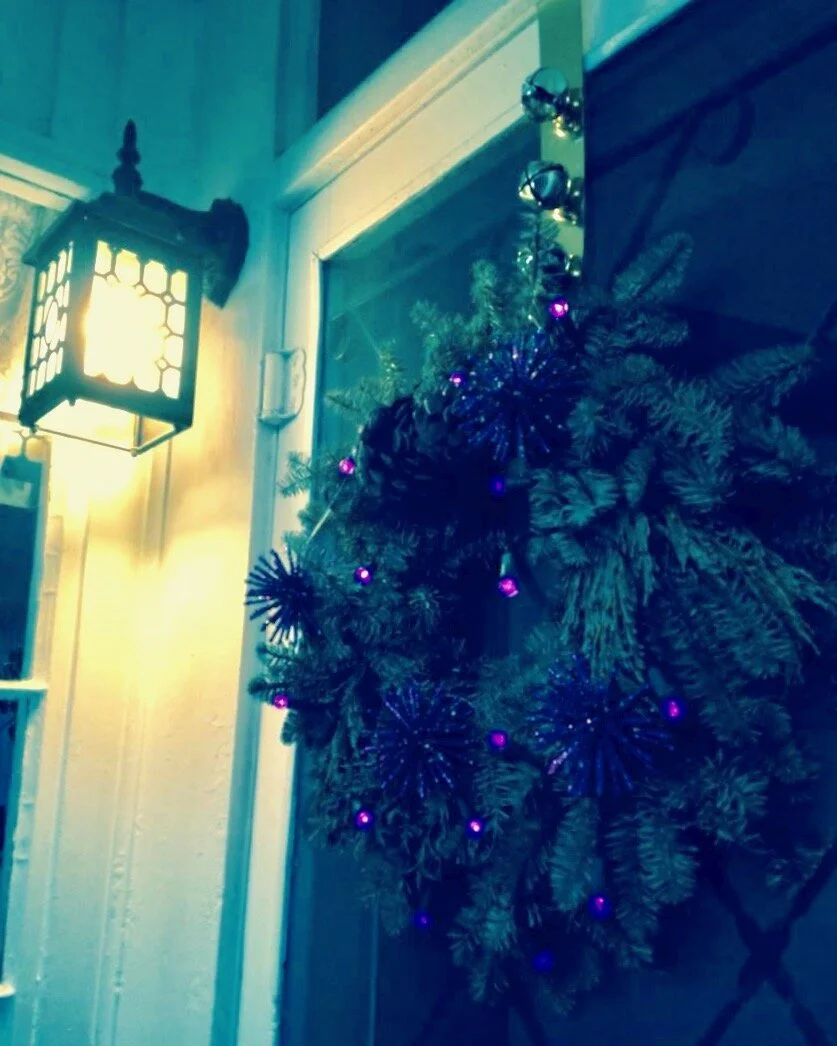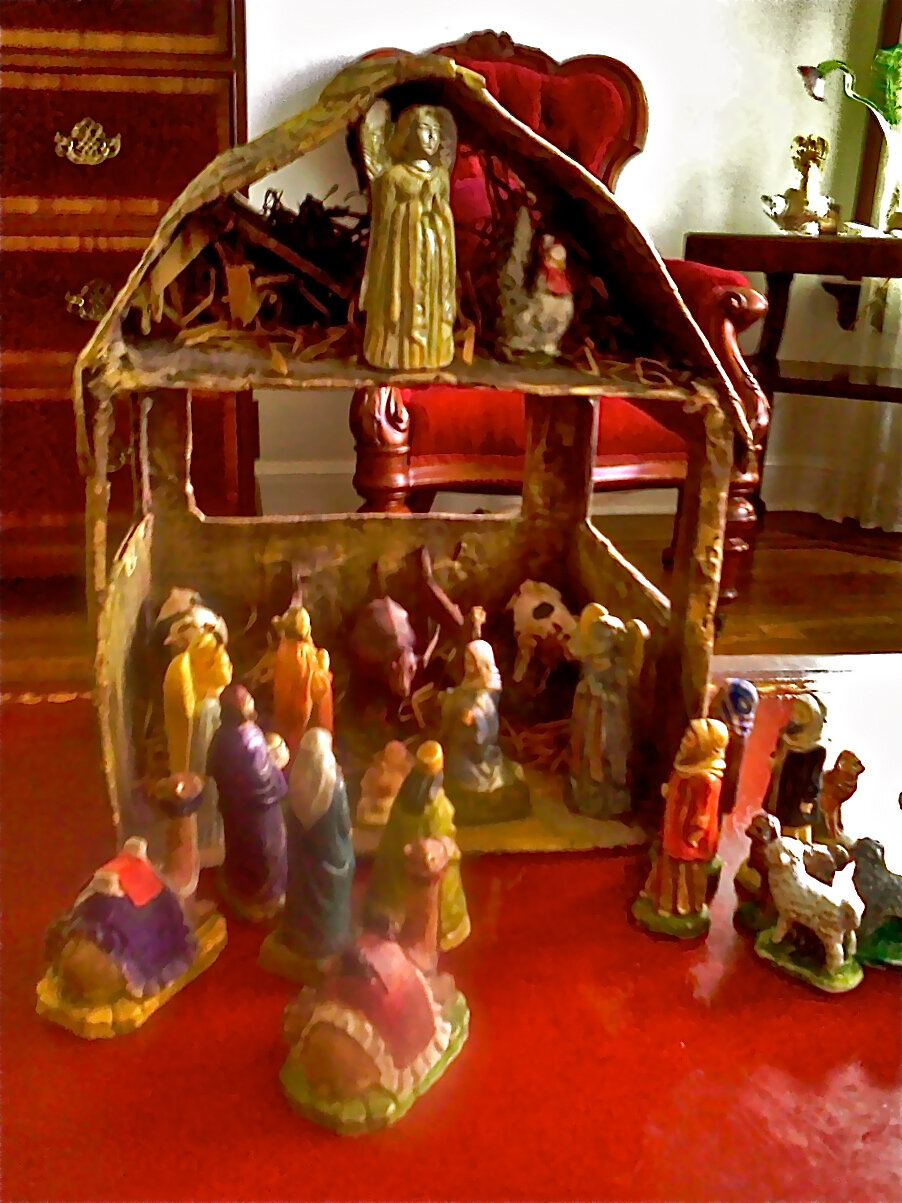On the Thirteenth Day of Christmas
January 6 is the day after the 12th day of Christmas, and in the traditional Church calendar, it is called the Feast of the Epiphany. But it is a day that is also overlaid with many other names and much history and tradition.
The Feast of the Epiphany has also been called the Feast of the Wise Men, Three Kings Day, Epiphany, and the Manifestation of Christ. In ancient times the whole Church celebrated the feast of the Manifestation of Christ to commemorate not only the visit of the Wise Men, but also Jesus’ baptism at which a miraculous voice from Heaven said “This is My Beloved Son in whom I am well pleased, “ and the Wedding at Cana, where for the first time Jesus performed a public miracle when He changed water into wine. All of these events were manifestations of Christ in that they revealed who He really is.
The visit of the Magi taken by itself is an indication of Christ’s universality. His birth was revealed at first to shepherds in Israel, at a time when the Jewish people were eagerly expecting the Messiah predicted by their prophets. But the Magi story shows us that His coming had also been foretold to seekers for truth in other lands. The Magi read the miraculous Star of Bethlehem as a sign of the coming of a great king and came to worship Him, and so their feast is particularly remembered as Christ’s revelation to Gentiles.
Because Christ came also to the Gentiles, we are all included in the salvation promised to Jews as children of Abraham. As Pope Pius XI said in 1938, “Spiritually, we are all Semites.”
When Pope Benedict XVI visited the Cologne Cathedral in 2007, he venerated the relics of the Three Wise Men that are traditionally believed to be there. Tradition also has it that the Three Wise Men wandered through Bavaria, and so a charming custom developed there and spread to other countries: Catholics take chalk that is blessed on either 12th night, January 5, or on the Feast of Epiphany, and they mark the door lintels of their homes with the year, four crosses, and the initials KMB, for the names of the Three Wise Men, Caspar, Melchior and Balthasar. This marking on the door lintels is to let the Magi know that they will find Christ and a welcome in the home if they pass by again.
On Epiphany, I will move the magi and their camels to the stable. I will get some blessed chalk at Mass and then ask my son or a friend to stand on a ladder and mark 20 + C + M + B + 24 on the front door lintel, and I will say the following prayer: “May all who come to our house this year rejoice to find Jesus living among us, and may we seek and serve Christ in everyone we meet! Amen.” Amen!
I first was exposed to this tradition when I went to sing Morning Prayer (Lauds) with a few fellow members of the St. Ann choir in 2006. I joined the choir to sing Gregorian chant and Renaissance polyphonic music in Latin. Some of us started our Sundays by meeting informally for Lauds at the home of Stanford Professor of Music, William Mahrt, who directs the choir, and my first time there, I wondered what the 20 + K + M + B + 06 chalked over his door signified. And now I know.
Celebrating Christmas Starting on Christmas
Christmas Day is the end of the commercial “Holiday” celebration, but for us Christians, shouldn’t it really be the start? With that in mind, I have started avoiding “Holiday” parties and pre-Christmas treats. I commemorate Advent as a four week time of penance and anticipation of Christmas, with one Advent wreath on my table and another one on my front door.
On the indoor wreath, I follow the custom of lighting one purple candle for each of the first two weeks, then a pink candle for Gaudete Sunday, which is the start of the third week of rejoicing that Advent is almost over, and then a final purple candle for the fourth week.
My outdoor Advent wreath is a plain evergreen ring on which I hang a purple ornament on each of the first two Sundays, followed by a pink ornament for week three, and a purple ornament for week four. I’ve always been the only person I knew who decorated an evergreen wreath on the front door for Advent, until I saw a single purple ball on a wreath on Prof. Mahrt’s front door the first Sunday of Advent.
I also set up a manger scene on the coffee table. When my kids were small, I made the stable from papier mâché and bought unpainted plaster figures that we all painted together. The figure of the divine Baby is hidden away in a drawer, and the Magi and their camels start their journey on a table away from the manger, until it is time for them to enter the scene.
For me the real Christmas celebration starts with the First Mass of Christmas. My son gives me this gift at my request—to attend choir practice and sing with me at Midnight Mass. On Christmas Day before I leave home again to sing at the third Mass of Christmas Day, I put the figure of the Baby Jesus in the stable. Let the Christmas Feasts begin!
Parting Thoughts about Christmas, from a Surprising Source
To my amazement, I came across the following apt observations about how Christians should celebrate Christmas, at an atheist website, of all places:
“Conservative evangelical Christians complain about people taking the "Christ" out of Christmas, but they seem to forget that they have already taken the"Mass" out of Christmas (Mass being a service including Holy Communion). When was the last time a prominent figure on the Christian Right has argued that Americans should remember to attend Mass on this Holy Day? ... This is just one of many masses that have been excised from the season. . . . So, the next time a Christian insists that we put the Christ back in Christmas, tell them that they should also:
· Put the Mass back in Christmas
· Restore Candlemas
· Restore the Feast of the Epiphany
· Restore the Advent season
· Restore gift-giving to the real Christmas season, which occurs after Christmas day
· Don't put up a Christmas tree until Christmas Eve—if at all
· Use Christmas as a day of contemplating Christ, not for engaging in commerce








